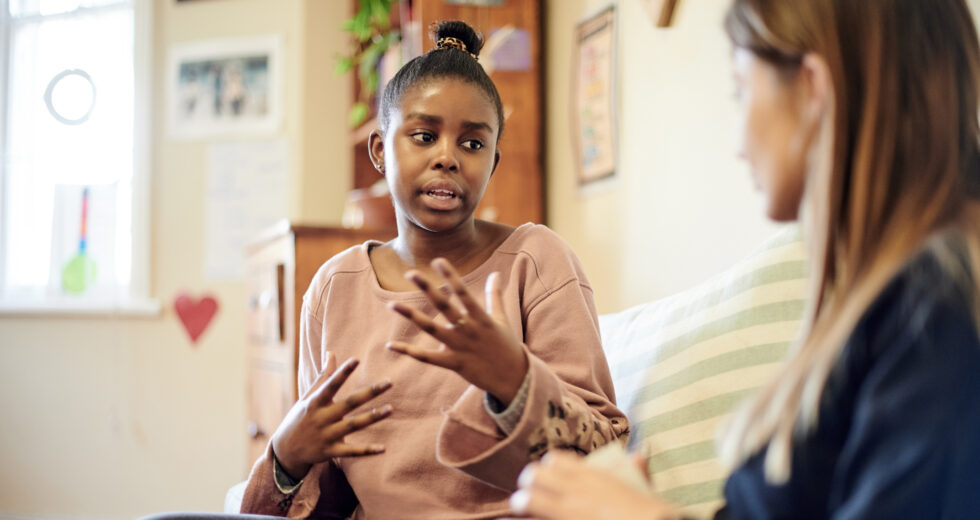Evaluation Yields Mixed Results Regarding LifeSet’s Impact on Young People in Extended Foster Care

This report summarizes findings from Phase II of an evaluation of LifeSet, an intensive, evidence-based, youth-centered, and service-focused model developed by Youth Villages to equip young people in foster care with the skills needed to make a successful transition into adulthood. LifeSet is being implemented by three child welfare services providers in Illinois. The Illinois Department of Children and Family Services (DCFS) contracted with Chapin Hall to evaluate its implementation and its impact on youth outcomes.
What We Did
Our evaluation included two components. First, to examine LifeSet’s impact on youth outcomes, we compared the outcomes of youth enrolled in LifeSet to the outcomes of a matched comparison group of youth with similar demographic characteristics and placement histories. We did this comparison using DCFS administrative data, LifeSet program data, and data from the National Student Clearinghouse. Second, to assess LifeSet’s implementation, we conducted a mix of interviews and focus groups with young people enrolled in LifeSet, specialists who work directly with LifeSet youth, LifeSet supervisors, and LifeSet model experts.
What We Found
- LifeSet specialists and supervisors approved of the changes that had been introduced as part of LifeSet’s implementation. They appreciated the model’s focus on youth engagement, the opportunity to forge strong relationships with young people, and the availability of resources to support their work.
- LifeSet is not a placement program, but specialists and supervisors generally lauded the opportunities for community living available to some youth enrolled in LifeSet who would not otherwise be eligible to live in the community, and young people enrolled in LifeSet viewed these opportunities as a key benefit of the program.
- Young people were overwhelmingly positive about their experiences with LifeSet. They valued the support they received from their specialist and perceived the program as helping them develop critical life skills.
- Compared to their non-LifeSet peers, young people enrolled in LifeSet were less likely to demonstrate needs in two of the four Transition to Adulthood outcomes we measured using Child and Adolescent Needs and Strengths (CANS) data: independent living skills and educational attainment.
- We found no effect of LifeSet on non-placement events such as running away, detention or psychiatric hospitalization, the proportion of time young people spent living in the community rather than a supervised placement, or college enrollment or persistence.
What It Means
LifeSet is viewed by both child welfare professionals and young people as a promising approach for preparing youth in foster care for the transition to adulthood. Yet, we found few impacts of LifeSet on youth outcomes. This disconnect may be due to our heavy reliance on DCFS administrative data to measure youth outcomes as well as the fact that the young people in our sample were the first cohort of LifeSet participants in Illinois.


 Thank you for your interest in Chapin Hall’s research. Please share some information to access this file.
Thank you for your interest in Chapin Hall’s research. Please share some information to access this file.